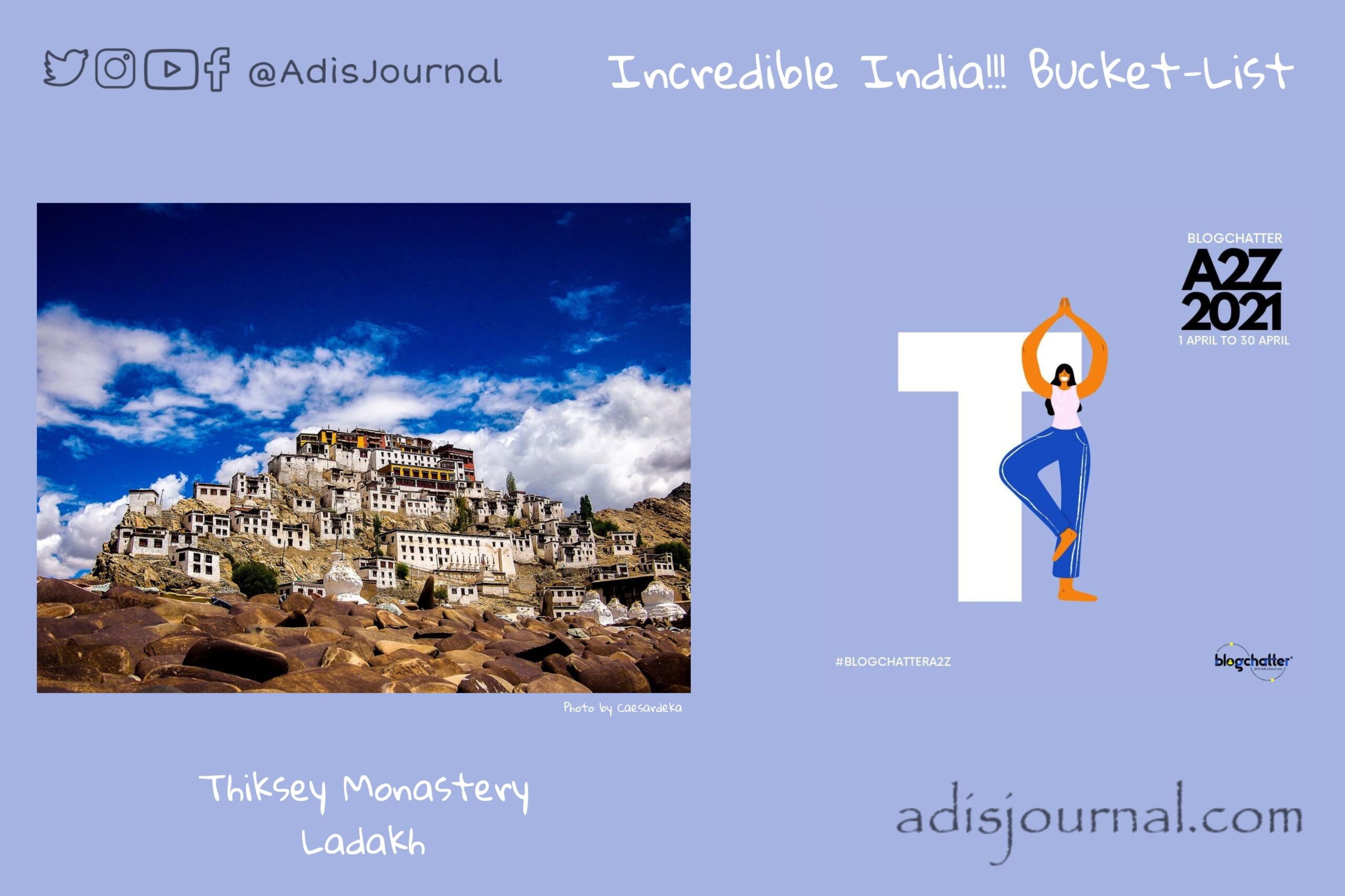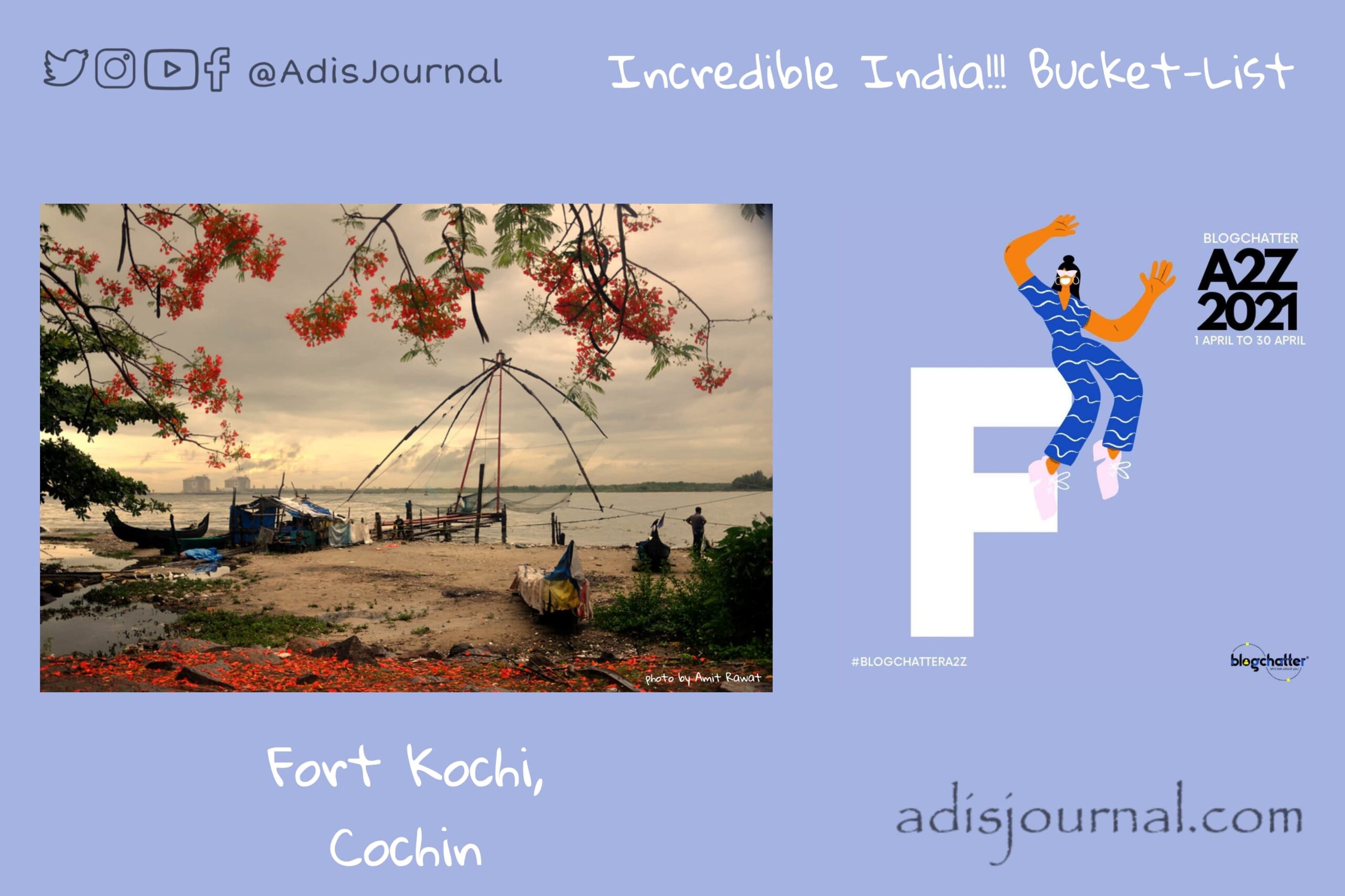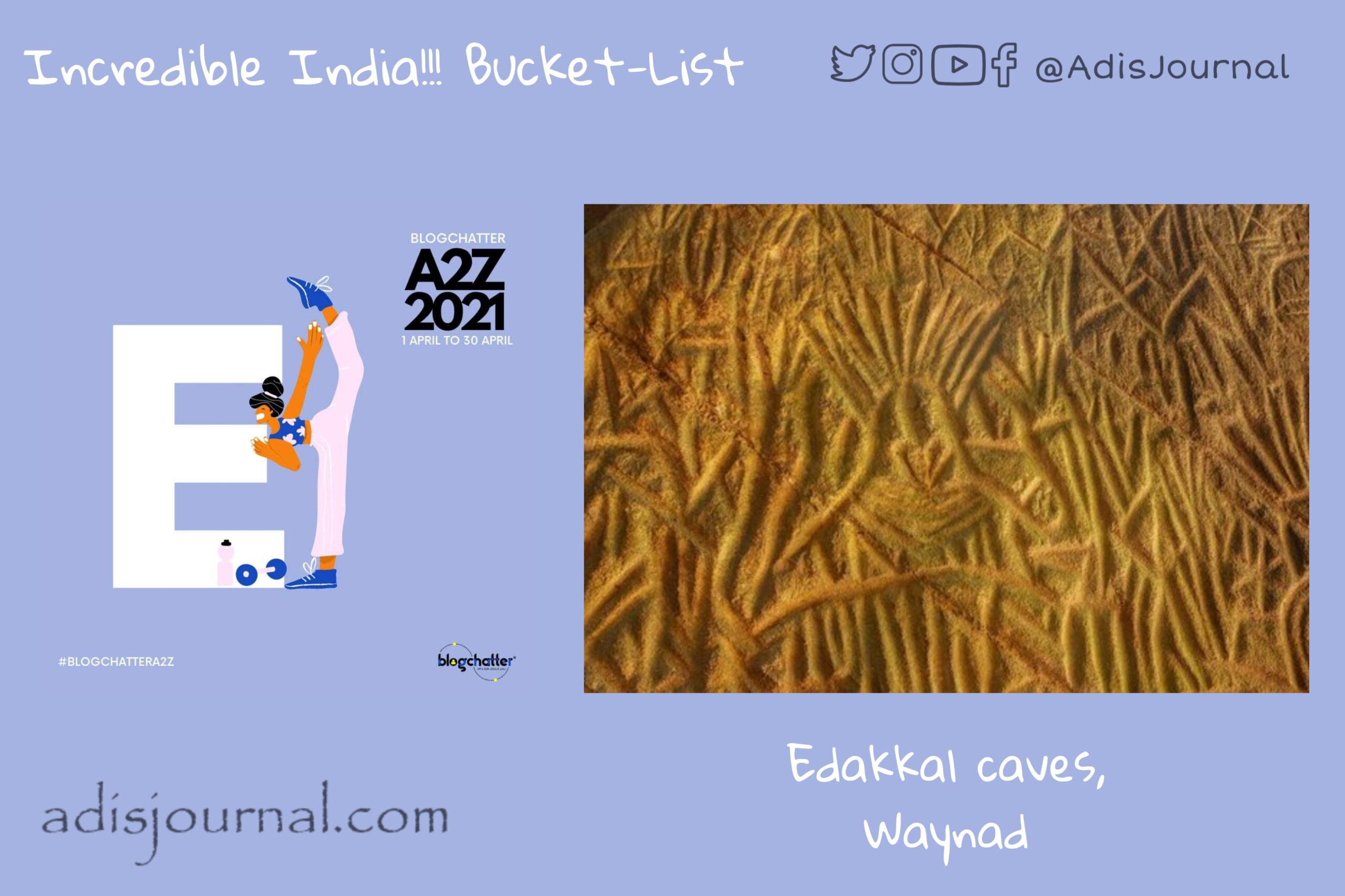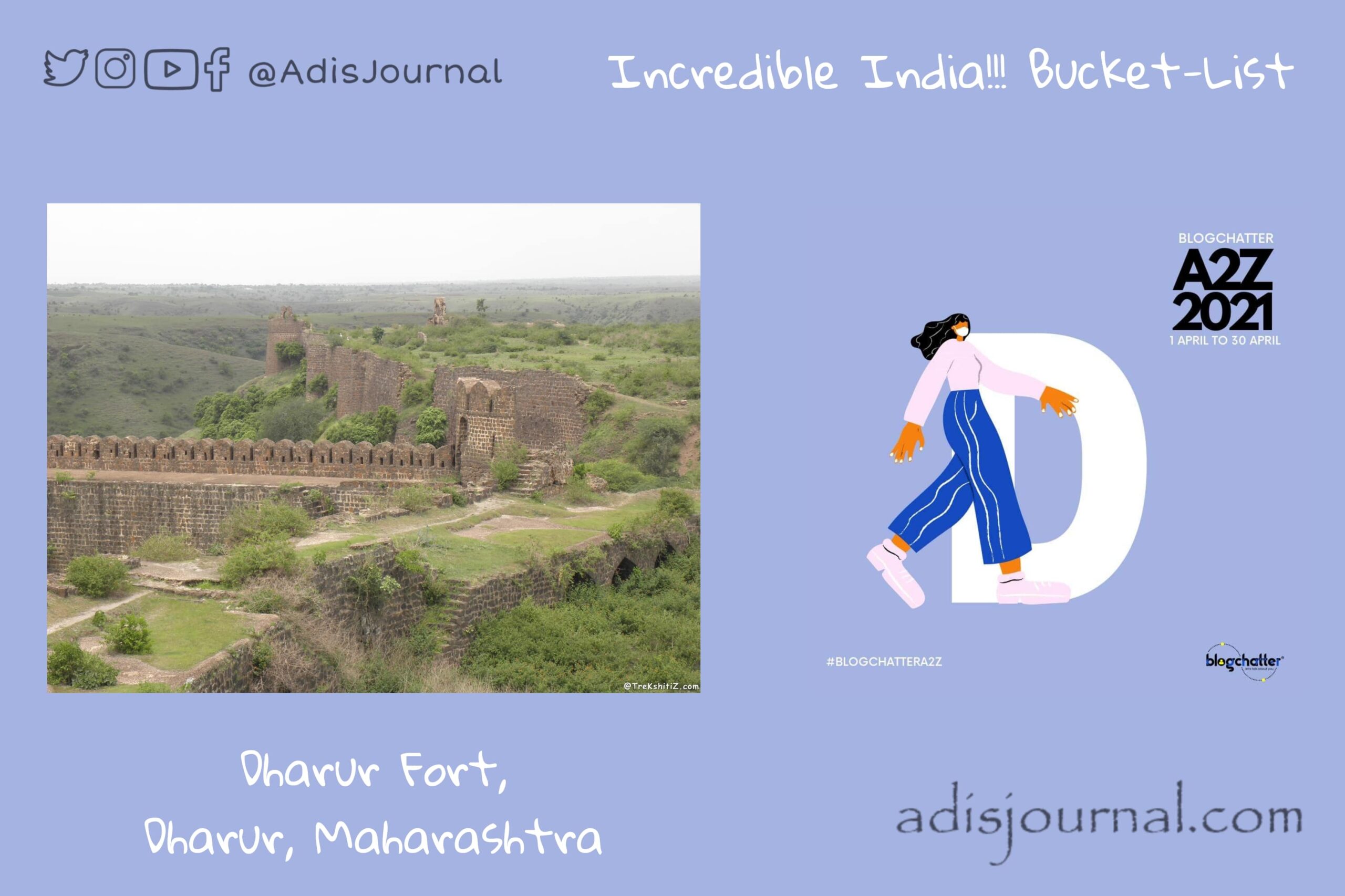
Ladakh is one of the beautiful regions of India. And Buddhism is an integral part of Ladakhi life. There are many Gompas (monasteries) scattered all across the region. Today we are visiting one of the glorious and important Gompa of Ladakh. Thiksey Gompa, situated on top of the hill in Thiksey near Leh. This monastery is attached to the Gelug sect of Tibatian Buddhism.
Something from the history of Thiksey
Founder of Gelug sect tasked one of his students, Jangsem Sherab Zangpo, with seeking permission of the King of Ladakh to spread the teachings of Gelug Buddhism in Ladakh. Soon he reached the King with the message and gifts from the founder of Gelug sect. King was pleased with the gifts. He directed his minister to help to set up a monastery of Gelug sect in Ladakh. This is how the first monastery was built in Stagmo village.
Legend of the Thiksey tells a story of start of Thiksey Monastery. Once Sherab with his disciple Palden Zangpo was performing sacred rituals of torma offerings. Suddenly, two crows appeared from somewhere and took away the offerings. Palden and other disciples went on the lookout for torma offerings. Soon after, they reached Thiksey. As soon as they reached Thiksey, they found out that crows had put the tormas on a rocky outcrop in perfect orders and in an undisturbed condition. Considering this as a divine direction, Palden decided to build the monastery at this place. And this is how Thiksey monastery came in existance.
Glory of the Thiksey monastery
Situated at an altitude of 3600 meters in the Indus valley, Thiksey Gompa is a huge twelve storey complex. It houses many buddhis items like stupas, wall paintings, thangkas (fabric paintings), weapons, sculptures, etc. Buildings in the complex are in ascending order on a hill slope and have a good spacing between them. This monastery shows an architectural resemblance with the Potala Palace in Lhasa. As a result, Thiksey Gompa has title of “Mini Potala”. This house of 60 lamas is red, ochre and white in color. This is a fort monastery of a Central Tibatian Pattern.

The monastery has a temple erected to commemorate the visit of the 14th Dalai Lama to the Thiskey Gompa. The temple houses a 15 meter high statue of Maitreya Buddha. This is the largest statue of Maitreya Buddha in Ladakh. Generally, we find Maitreya Buddha in a standing position or seated on a high throne. However, the statue in Thiksey is an unusual depiction of Maitreya seating in a lotus position. Shilp Guru Nawang Tsering of the Central Institute of Buddhist Studies (Leh) guided the local artists to make this statue in clay, copper and gold paint. In addition to this temple, there are temples of goddess Tara and several guardian divinities including Cham-spring – the protector deity of Thiksey.
Recently, the Archeological Survey of India completed the activities of restoration the monastery. However, it created some controversies. Hence, they achieved a balance to the restoration and renovation works to retain the old order in consonance with the new works.
Glimpse of Thiksey

Front of the Thiksey Monastery Photo by Caesardeka Copyrights CC BY-SA 3.0 
Shakyamuni Buddha in inner sanctum of the assembly hall Photo by Redtigerxyz Copyrights CC BY-SA 3.0 
Thiksey Monastery Gompas Photo by Anilsh59 Copyrights CC BY-SA 4.0
Festivals
Monastery celebrates its annual festival from the 17th to 19th day of the ninth month of the Tibetan calendar (October–November). People perform sacred mask dances as a part of the rituals. Villagers from all over the Ladakh gather at the base of Thiksey monastery and trade their goods during this festival.
I am participating in the A2Z challenge with Blogchatter and this is my take on the ‘T’ challenge. “T is for the Thiksey Monastery, Ladakh”. You can find my other posts from this challenge here.



























